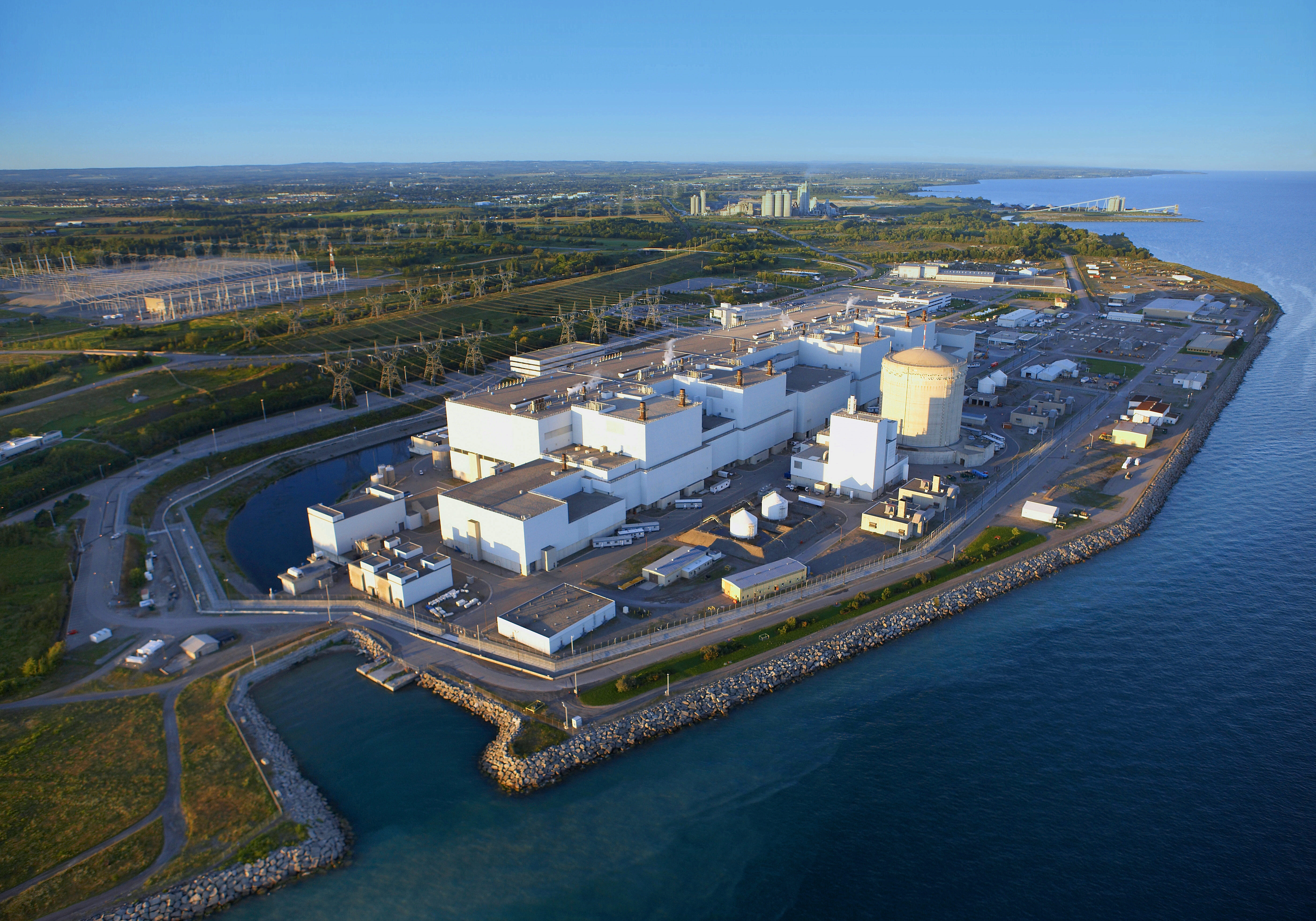
By: Thurkkha Thayalalingam
Nuclear power is the electricity generated by nuclear reactions such as nuclear fission, nuclear fusion, or nuclear decay. The most commonly used process for generating nuclear power is nuclear fission, typically of uranium or plutonium atoms. Although nuclear fusion produces a much higher energy yield, it is a very volatile and challenging process in comparison (World Nuclear Association).
Nuclear energy currently accounts for over half of Ontario’s electricity and 15 per cent of Canada’s electricity (World Nuclear Association). There are currently three operational nuclear power plants in Ontario:
- Bruce Nuclear Generating Station
- Pickering Nuclear Generating Station
- Darlington Nuclear Generating Station
Unlike fossil fuel combustion, nuclear power doesn’t produce any greenhouse gases during generation. Producing similar emissions levels as renewable energy sources such as solar and wind, nuclear is widely considered an environmentally friendly form of energy. Nuclear power is also not dependent on the weather or on large amounts of land in comparison to solar or wind energy. This makes it a reliable and consistent energy source for both urban and remote areas. Additionally, nuclear power plants are cheaper to operate than the average fossil fuel plant, though they tend to have high initial costs to build (World Nuclear Association).
While there are many advantages of nuclear power, it is not without its challenges. Nuclear power generates significant amounts of radioactive material as waste for which there is no long-term management solution other than deep geological storage (World Nuclear Association). Following the major nuclear meltdowns in Chernobyl and Fukushima in the past, some also worry about the potential for another catastrophe to occur. However, there are extremely robust and strict standards and regulations in place for nuclear power plants to prevent future accidents from occurring.






